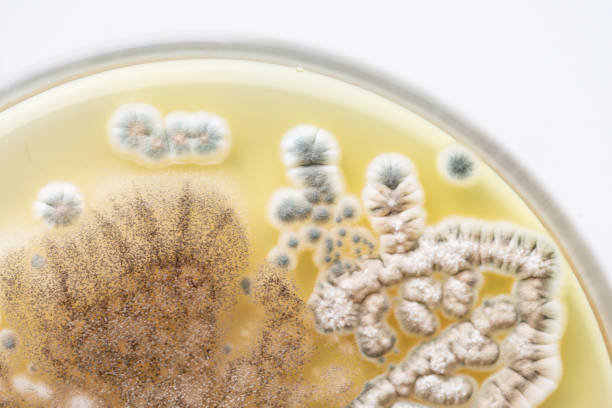In the realm of homeownership, hidden threats like mold can cast a subtle but potentially harmful fog over our living spaces. Mold testing emerges as a crucial tool, bringing clarity to the invisible dangers that may compromise both our homes’ integrity and our well-being. This article explores the science and significance of mold testing, shedding light on the essential role it plays in ensuring a healthy and safe environment.
The Invisible Intruder:
Mold, often lurking in damp and concealed corners of our homes, can remain undetected until it becomes a serious issue. As a microscopic fungus, it releases spores into the air, which, when inhaled, may cause allergic reactions or respiratory problems. Mold testing becomes a vital step in uncovering this invisible intruder, providing homeowners with insights that go beyond what the naked eye can perceive.
Understanding Mold Testing:
Mold testing involves the collection and analysis of air and surface samples to identify the presence of mold and determine its type and concentration. Certified professionals use specialized tools to gather samples from various areas within a home, enabling a comprehensive assessment of mold activity. These samples are then analyzed in a laboratory, providing detailed information that guides homeowners in taking informed action.
Early Detection, Smart Prevention:
One of the primary advantages of mold testing is its ability to detect mold issues early on. Early identification allows homeowners to address problems before they escalate, preventing extensive damage to the property and potential health concerns. Mold testing serves as a proactive measure, offering a strategic advantage in the ongoing battle against hidden invaders.
Different Types of Mold Testing:
Mold testing comes in various forms, each serving a specific purpose. Air sampling captures spores present in the air, providing insights into the overall indoor air quality. Surface sampling involves collecting samples from specific surfaces, helping to identify the type of mold present and its concentration. In some cases, bulk sampling of materials may be conducted to determine the extent of mold contamination.
DIY vs. Professional Testing:
While DIY mold testing kits are available, professional mold testing offers distinct advantages. Certified professionals bring expertise, experience, and specialized equipment to ensure accurate and reliable results. Their knowledge allows them to interpret findings effectively, guiding homeowners in developing tailored strategies for mold remediation and prevention.
Conclusion:
Mold testing stands as a beacon of clarity in the fog of potential hazards within our homes. By uncovering the invisible presence of mold, homeowners can make informed decisions to protect both their properties and the health of their families. In the journey towards a safe and healthy living environment, mold testing becomes an invaluable tool—a scientific approach to clearing the fog and ensuring the longevity and well-being of our homes.



Leave feedback about this